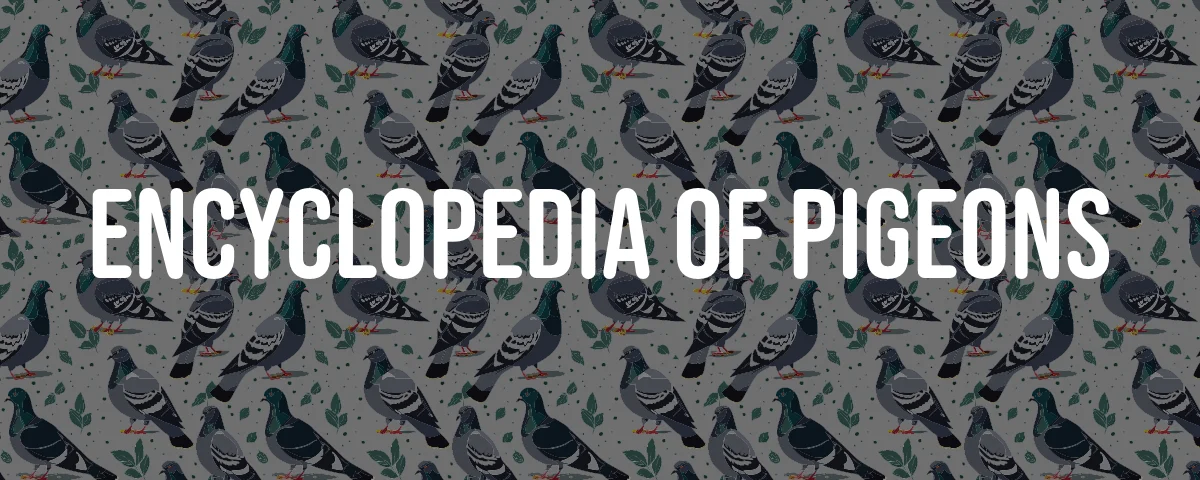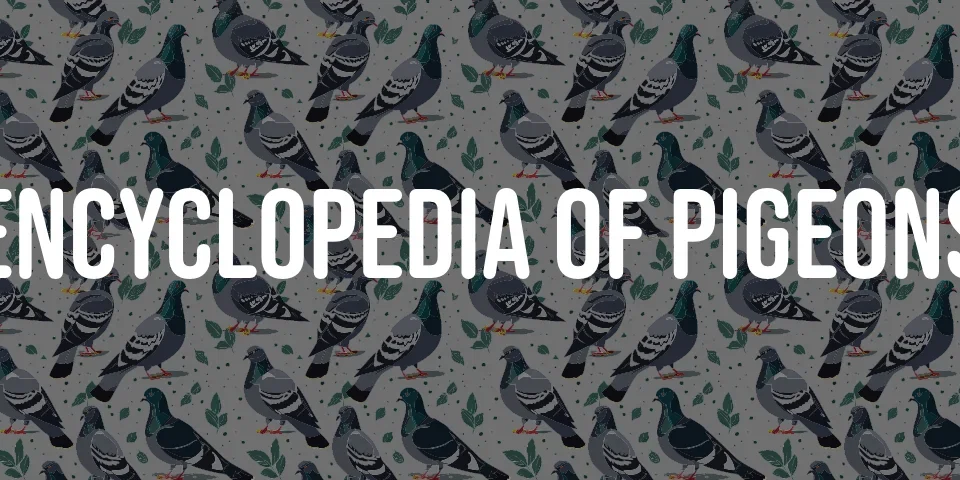The Spanish Naked-neck, also known as the “Catalan Bare or Naked-Neck Pigeon” (“Coll Pelat” in Catalan), is a distinctive breed of pigeon characterized primarily by its lack of feathers on the neck, giving it a unique appearance reminiscent of the unrelated Transylvanian Naked Neck chicken. This breed is one of the many fascinating varieties within the world of aviculture, offering a rich history and a set of characteristics that make it stand out among pigeon breeds.
History and Origin
The Spanish Naked-neck pigeon is believed to have a long-standing presence in Spain, with some speculation that the mutation responsible for its bare neck could have been present in the region for over a millennium. However, there is no concrete evidence to support this claim. The breed was not described in literature until the 20th century, which suggests that it may not be significantly older than its Romanian counterpart, the Romanian Naked-neck Tumbler.
The breed’s history is somewhat obscure, with little documentation available to trace its precise origins. Despite this, the Spanish Naked-neck has been recognized as a distinct breed and has garnered a small but dedicated following among pigeon fanciers.
Physical Characteristics
The Spanish Naked-neck pigeon is known for its lack of neck feathers, a trait that is the breed’s most defining feature. This physical characteristic is due to a genetic mutation that affects feather growth on the neck. The breed exhibits a range of colors, with black being the most common, followed by yellow, blue, and the rarest color, white.
Key Data Table
| Feature | Description |
|---|---|
| Average Weight | Not specified in the sources |
| Body Shape | Compact and cobby with a relatively broad chest and back |
| Stance | Upright |
| Body Length | Short, with the tail hardly longer than the wings |
| Head | Large, round, and wide |
| Beak | Short and wide |
| Eye Color | Pearl-colored is desired, with some red veining allowed |
| Eye Ceres | Large with two or three rims, bright red color, develops fully by 4-5 years |
| Leg Type | Not specified in the sources |
| Feathering | Varieties with and without frill, clean-legged or with groused legs |
| Tail Feathers | White tail or white flights in colored wings are allowed |
| Sooty Factor | Affects beak color, light-horn except in blues and blacks |
Behavior and Temperament
The Spanish Naked-neck, like many pigeon breeds, exhibits typical pigeon behaviors such as cooing and nesting. The breed’s temperament is not detailed in the sources provided, but it can be inferred that they share common pigeon traits such as social behavior and a propensity for flying.
Breeding and Varieties
Breeding the Spanish Naked-neck can result in a variety of subtypes, including those with frills and groused legs. The Punyalada is a variety that may occur when breeding the Ull de Maduixa with frill, which can result in offspring with a naked neck from parents with a frill. The breed’s standard allows for a white tail or white flights in colored wings, and vice versa, which adds to the diversity within the breed.
Conservation and Preservation
The preservation of the Spanish Naked-neck pigeon, like many specialized breeds, relies on the efforts of dedicated breeders and enthusiasts. The breed is not mentioned as being at risk of extinction in the sources provided, but the general trend in aviculture suggests that less popular breeds often require concerted efforts to maintain healthy populations.
Interesting Facts
- The Spanish Naked-neck pigeon is sometimes confused with the Romanian Naked-neck Tumbler, but they are distinct breeds.
- The breed’s lack of neck feathers is a result of a genetic mutation that affects feather growth.
- The Spanish Naked-neck pigeon is not as well-documented as other breeds, leading to some mystery surrounding its history and development.






